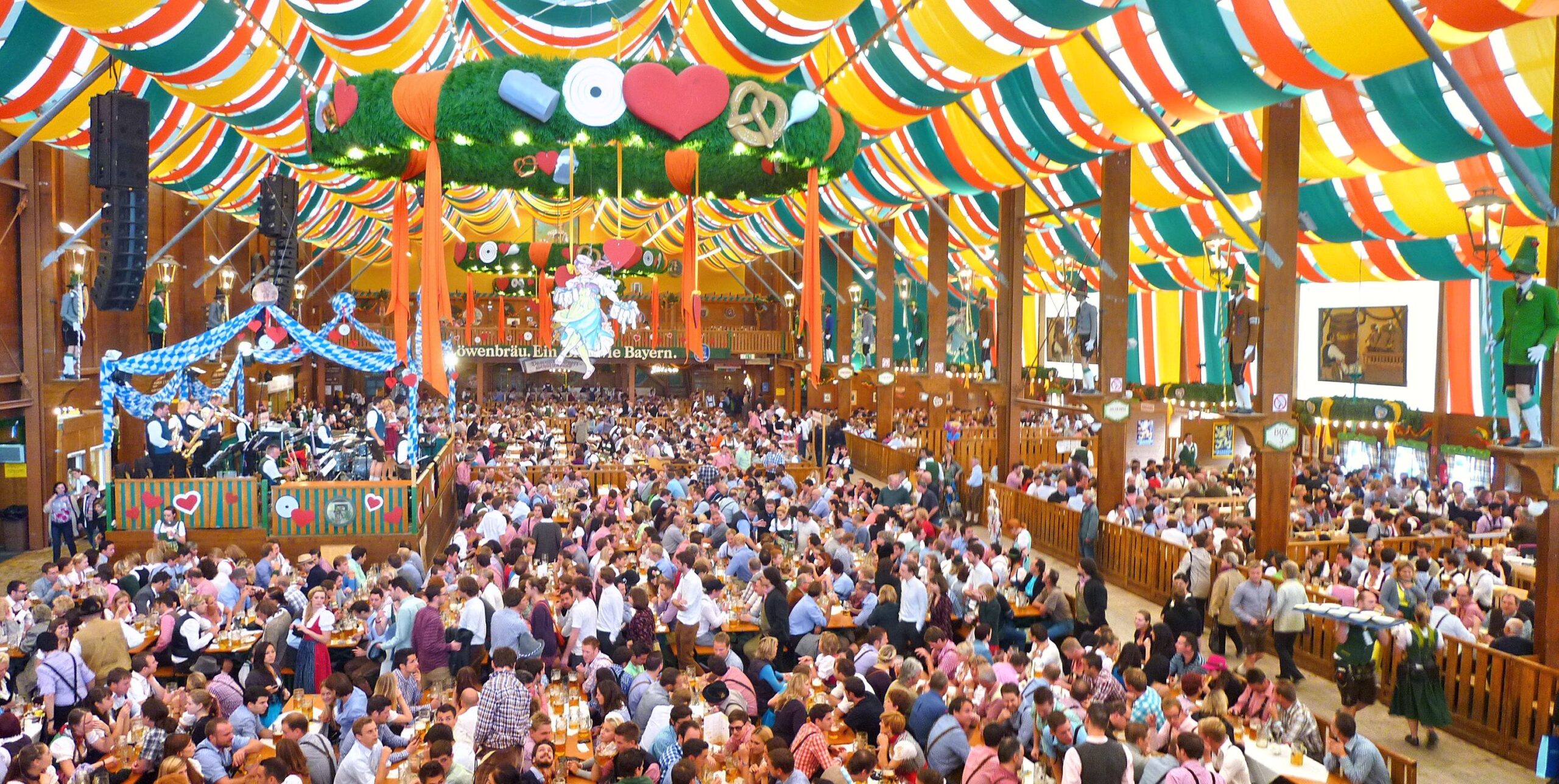Since the wedding of King Ludwig I and Princess Therese of Saxony-Hildburghausen on October 12th, 1810, a festival of beer and celebrations has taken place in Munich, Germany. The fairgrounds are located on what is called Theresienwiese (\”Theresa’s fields\”) named after Princess Therese. Though the celebrations have grown immensely since 1810, the idea behind the festival is not forgotten, especially by the locals. Today, over 6 million people come from all over the world to join in on everything that this festival has to offer. Have you figured out what this festival is now known as? If you guessed Oktoberfest, you\’re right! Upon arriving at Oktoberfest, locals still call the venue “Wiesn” as it is still held on the originalTheresienwiese fairgrounds. If someone from Germany comes up to you and says “Wiesn”, it simply means “Welcome to the Oktoberfest”!
Traditional Bavarian garb is still worn by many to Oktoberfest and can be found throughout Munich in boutiques on many of the main roads and by train stations. For women, a traditional Dirndl is worn with an apron tied on it and a white shirt underneath. A little-known fact: if the apron is tied on the left side it means that you are single and the right if you are taken. For men, a white shirt is worn with leather Lederhosen shorts and suspenders. Sometimes, men wear an Alpine hat as well.
Oktoberfest typically takes place throughout September and October and is definitely a destination for young adults studying abroad. Not only are there many beer tents throughout the festival, but there are carnival rides and endless amounts of traditional German food. Some of these include sausages with mustard and sauerkraut, chicken grilled on a spit, warm and soft pretzels sometimes served with cheese, potato salad, apple strudel and honey-dumplings.
Because of how busy this festival is and the volume of visitors that it attracts, it\’s highly recommended to book your flights and housing now if you plan to go this year. Airbnb is a great platform to find a place to stay in downtown Munich. If you would like the traditional and least expensive way of going to Oktoberfest, there are campgrounds devoted to those who wish to “rough” it. Three of the major camps include Campingplatz München Thalkirchen, Wiesn Camp, and München-Obermenzing.
There\’s so much to do in Munich if you\’d like to check out the rest of the city outside of Oktoberfest. One thing you can\’t miss seeing is the Rathaus-Glockenspiel in Marienplatz. This clock is in commemoration of the marriage of the Bavarian Duke Wilhelm V in 1568. The lower part of the Glockenspiel shows the Schafflerstanz or “Cooper’s Dance” which shows the plague of 1635. Overall, this display takes about 15 minutes and at the end, a small gold bird chirps from the top of the clock.
All in all, Munich is a fantastic place to visit with friendly people, lots to do and even more to celebrate! Don’t miss your chance to plan and travel to this amazing destination!



